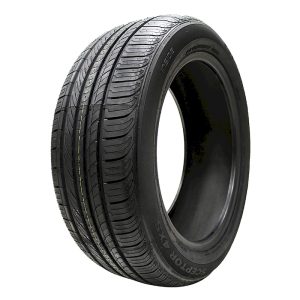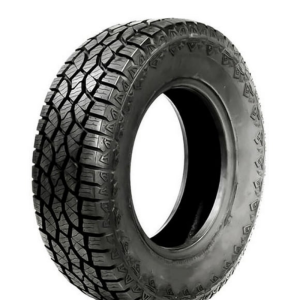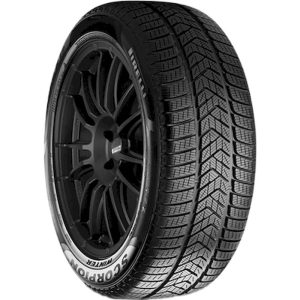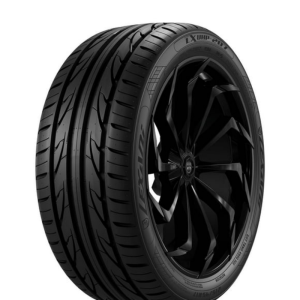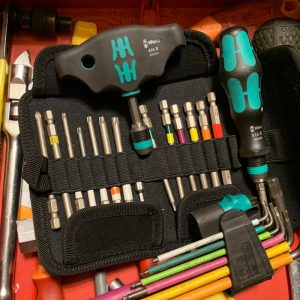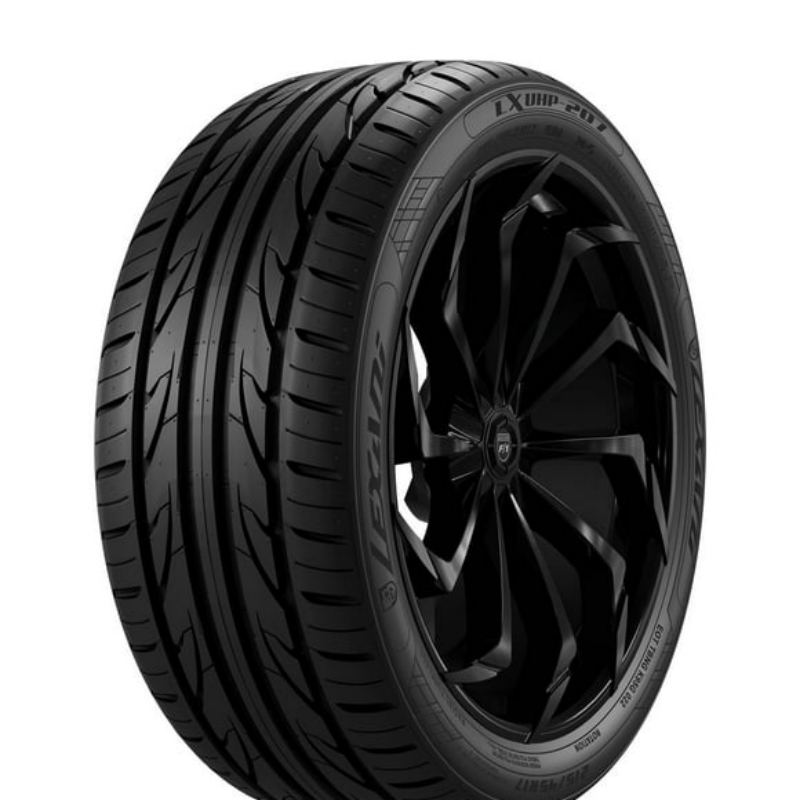
Tire balance plays a crucial role in the safety and performance of your vehicle. Properly balanced tires can decrease wear and tear on your car, improve fuel efficiency, and provide a smoother ride. Many drivers opt for professional assistance to balance their tires, but with the right tools and technique, you can learn how to balance tires yourself. Balancing tires at home not only saves you money but also gives you insight into the overall health of your vehicle. In this comprehensive guide, we’ll explore the importance of tire balancing, the tools needed, techniques for balancing tires, diagnosing imbalances, and tips for maintaining your tires’ health. By the end of this article, you’ll have the knowledge and confidence to balance your tires successfully.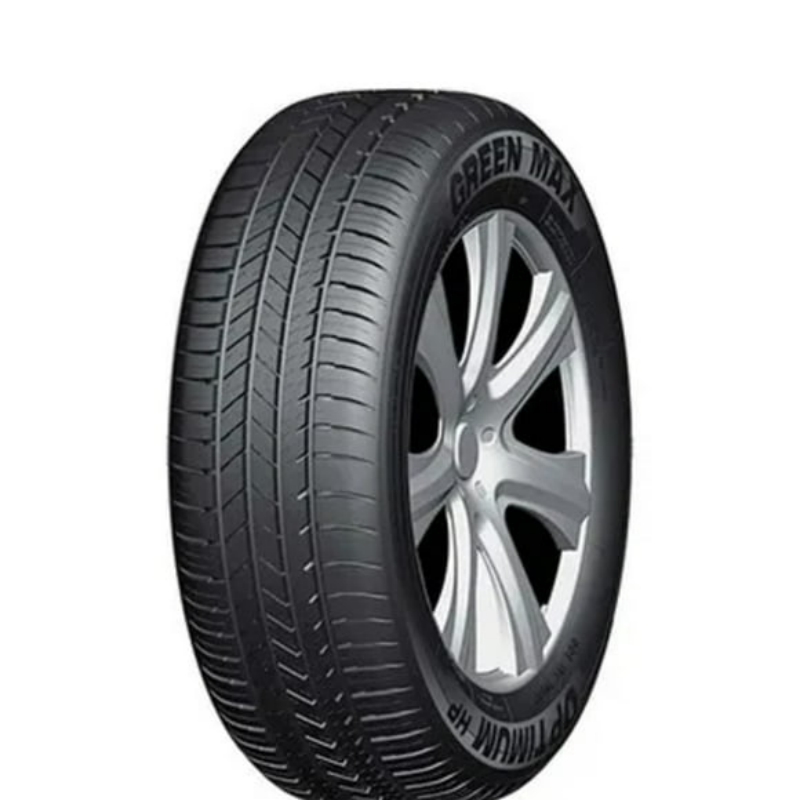
Understanding the Importance of Tire Balancing
Before diving into the methods on how to balance tires yourself, it’s crucial to understand why tire balancing is necessary. An imbalance in your tires can lead to various issues that can affect your vehicle’s performance and safety.
- Even Tire Wear: When tires are unbalanced, they tend to wear unevenly. This can lead to premature tire replacements and a waste of your investment.
- Improved Handling and Stability: Properly balanced tires provide better handling and stability, especially at high speeds. An unbalanced tire can cause vibrations, making it harder to control the vehicle.
- Enhanced Fuel Efficiency: Balancing your tires ensures that your vehicle rolls smoothly. When tires are out of balance, more energy is required to keep the car moving, which negatively impacts fuel efficiency.
- Reduction in Mechanical Wear: Unbalanced tires can create excessive strain on your vehicle’s suspension and steering components, which can lead to costly repairs down the line.
- Increased Comfort: Properly balanced tires can reduce vibrations and noise in your vehicle. This leads to a more comfortable ride for both the driver and passengers.
Tools and Equipment Needed for Balancing Tires at Home
Before you learn how to balance tires yourself, ensure you have the right tools and equipment. This is essential for the effectiveness of the balancing process.
- Tire Balancer: Consider investing in a good-quality tire balancer. Several types are available, but a static balancer is often the most user-friendly for home mechanics.
- Wheel Chocks: These prevent your vehicle from rolling while you’re working on it. They are a fundamental safety tool.
- Tire Gauge: Accurate tire pressure is crucial. A tire gauge will help you check and adjust tire pressure before balancing.
- Weights: You’ll need balancing weights, either clip-on or adhesive, to correct the imbalance in the tires during the process.
- Jack and Jack Stands: A jack is necessary to lift your vehicle, and jack stands ensure stability while you work on the tires.
- Lug Wrench: This is required for loosening and tightening the lug nuts on your wheels.
- Wheel Cleaning Brush: Before balancing, clean your tires and wheels to ensure nothing affects the balancing process.
- Safety Gear: Wear safety glasses and gloves for protection while working.
Step-by-Step Guide on How to Balance Tires Yourself
With your tools ready, you’re now equipped to learn how to balance tires yourself. Follow these steps to ensure a balanced setup.
Step 1: Prepare Your Vehicle
Start by preparing your vehicle. Park it on a flat surface, engage the parking brake, and place wheel chocks behind the rear wheels if you’re balancing the front tires. This ensures safety while working.
Step 2: Remove the Wheel
Use a lug wrench to loosen the lug nuts on the tire you plan to balance. Lift the vehicle using a jack, then securely place jack stands under the vehicle. Once raised, remove the lug nuts completely and take off the tire.
Step 3: Inspect the Tire
While the tire is off, inspect it for signs of damage, such as uneven wear, bulges, or cuts. It’s also essential to check the tire pressure and inflate it to the manufacturer’s recommended level using a tire gauge.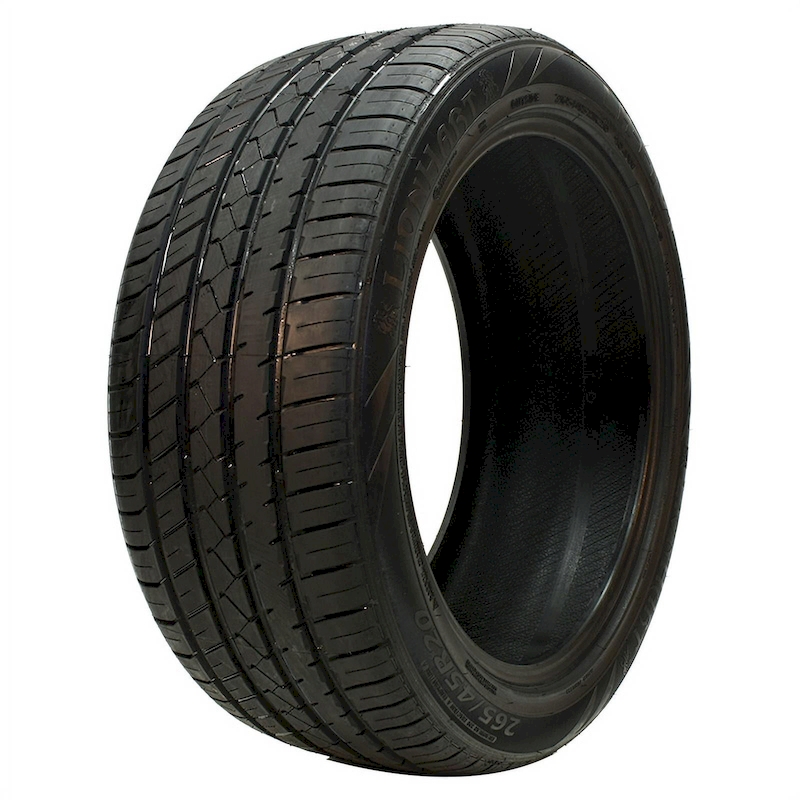
Step 4: Set Up Your Tire Balancer
If you’re using a static tire balancer, set it up according to the manufacturer’s instructions. Ensure the surface is level and free from debris. Position the hub of the tire on the balancer spindle.
Step 5: Balance the Tire
Once the tire is on the balancer, spin it slowly and observe where it settles. The heavy spot will naturally fall to the bottom. Mark this spot; it’s where you’ll need to attach the weights.
Step 6: Attach Balancing Weights
Using the marked heavy spot, attach the appropriate amount of balancing weights to the rim. Depending on your setup, you might use clip-on or adhesive weights.
Step 7: Re-test the Balance
After adding the weights, spin the tire on the balancer again. If it remains balanced, great! If not, readjust the weights until the tire stays steady when spun.
Step 8: Reinstall the Tire
Once balanced, carefully reinstall the tire back on your vehicle. Hand-tighten the lug nuts, lower the vehicle off the jack stands, and then use the lug wrench to tighten the lug nuts fully in a star pattern.
Diagnosing an Imbalanced Tire
Knowing how to balance tires yourself is not enough if you cannot identify when they need balancing. Several symptoms can indicate that your tires are out of balance:
- Vibration While Driving: If you experience vibrations in the steering wheel, seats, or floor while driving, this can be a sign of unbalanced tires.
- Uneven Tire Wear: Regularly check your tires for uneven patterns. If one spot seems more worn than the rest, it may indicate an imbalance.
- Steering Issues: An unbalanced tire can affect your vehicle’s handling. If you notice pulling to one side, it may be time to balance the tires.
- Excessive Noise: Listen for any abnormal noises that arise while you are driving. Such sounds can indicate that the tires are not balanced correctly.
- Difficulty in Accelerating or Braking: Unbalanced tires can also make accelerating or braking feel uneven.
Recognizing these signs early can help you maintain tire integrity and performance.
Maintaining Balanced Tires for Longevity
Balancing your tires once is not enough; ongoing maintenance is essential for longevity and performance. Implement these practices regularly:
- Regular Tire Rotations: Rotate your tires every 5,000 to 7,500 miles to ensure even wear. This can help maintain balance and extend the life of your tires.
- Monitor Tire Pressure: Check tire pressure monthly, or before long trips. Proper inflation is crucial for maintaining balance.
- Watch for Signs of Wear: Periodically inspect your tires for damage or uneven wear. Addressing these signs early can prevent larger issues.
- Alignment Checks: Ensure your vehicle’s wheels are aligned properly. Misalignment can cause faster wear and may lead to balancing issues.
- Regular Maintenance Checks: Schedule regular maintenance for your vehicle. Mechanics can keep an eye on tire condition and balance, ensuring optimal performance.
Understanding Tire Balancing Techniques
While the aforementioned steps are suitable for balancing tires at home, familiarizing yourself with additional balancing techniques can reinforce your knowledge and skills.
- Dynamic Balancing: This technique uses specialized equipment to assess both lateral and vertical imbalances in a wheel. It’s effective for high-speed applications and is often used in professional settings.
- Static Balancing: This method is more common for home mechanics and involves positioning weights on the heavier side. It’s simpler but may not be as accurate as dynamic balancing.
- Electronic Balancing Machines: These advanced machines diagnose and adjust tire imbalances impeccably. While more expensive, they provide precise measurements.
- Ride-On Balancing: Some products like balancing beads can be added to tires during installation. As the wheel turns, these beads move to the heaviest spot and help maintain balance dynamically.
- Traditional Method: This entails hanging a wheel from a string and marking the heavy side. It’s an age-old technique but can still be effective in certain situations.
Having a grasp of these techniques can enhance your ability to balance tires yourself and improve your toolset for vehicle maintenance.
Conclusion
Successfully learning how to balance tires yourself is an invaluable skill for any vehicle owner. It not only saves you time and money but also gives you better insight into your vehicle’s condition. Properly balanced tires enhance safety, improve performance, and prolong the life of your tires. With the tools and procedures detailed throughout this guide, you can now embark on your journey of self-service tire maintenance confidently. Remember to keep your equipment in prime condition and invest time in regular checks to ensure your tires remain balanced.
By taking control of your tire care, you cultivate a proactive relationship with your vehicle that translates into better performance on the road. As with any new skill, practice makes perfect. Each balancing session will enhance your ability to diagnose issues and perform the necessary adjustments. Get started today and experience the benefits of balanced tires firsthand!
